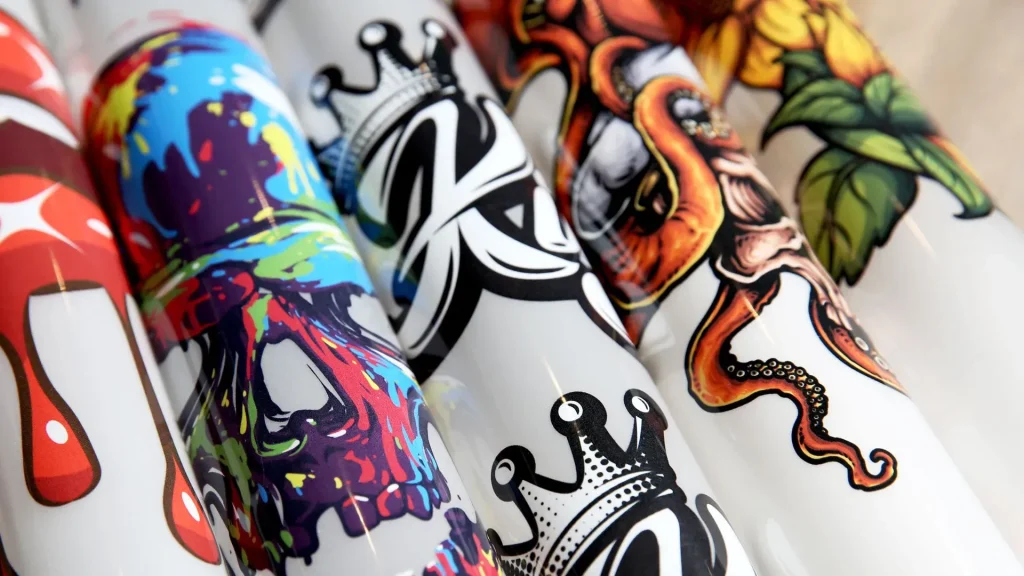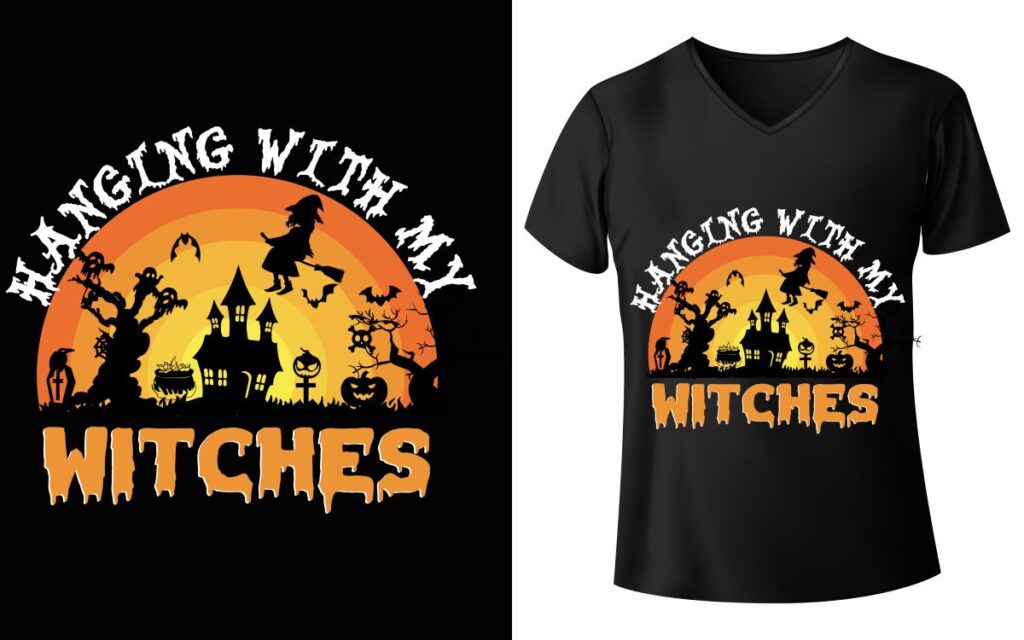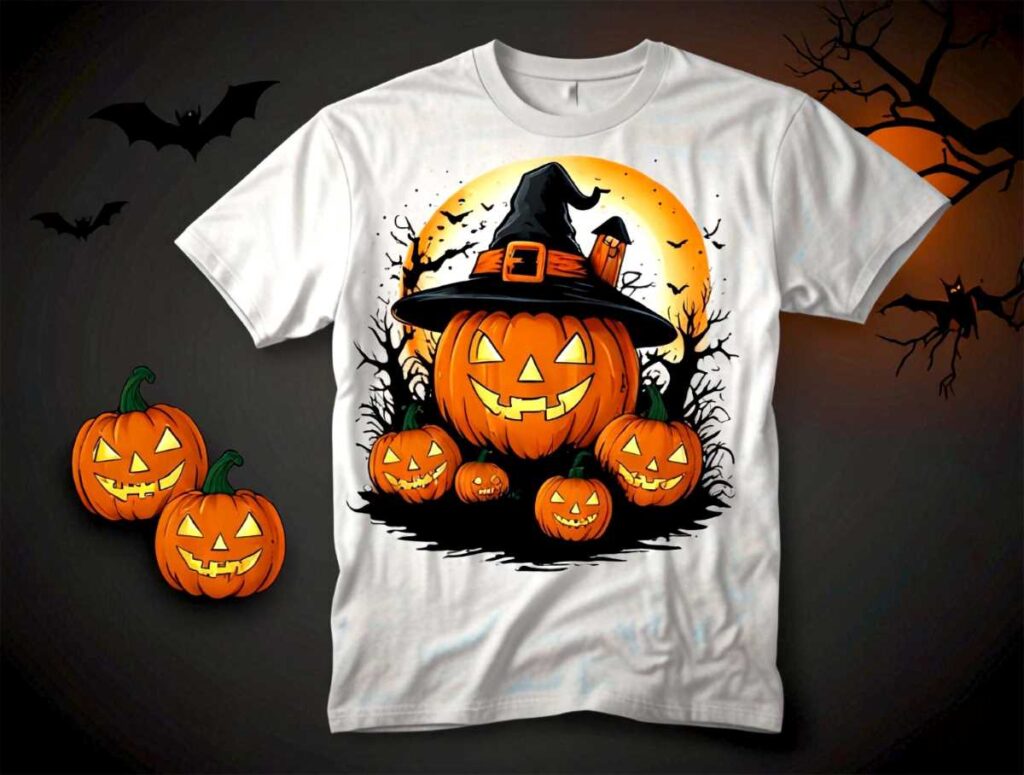DTF transfers, or Direct-to-Film transfers, are a game-changer in the realm of custom apparel printing, allowing for vibrant, high-quality designs to be easily transferred onto garments. This innovative printing technology combines the best features of both screen printing and heat transfer methods, which makes it ideal for both small and large print runs. With the right DTF equipment, including specialized printers and heat presses, businesses can create detailed designs on a variety of fabric types while minimizing waste and maximizing durability. As the popularity of DTF printing continues to surge, understanding the essential tools and processes will be key for anyone looking to thrive in the competitive landscape of apparel printing. Dive into the world of DTF transfers to unlock a new level of creativity and efficiency in your printing projects.
Direct-to-Film (DTF) printing, often referred to as transfer printing technology, has made waves in the custom apparel market by offering exceptional printing flexibility. This approach utilizes specialized equipment designed to produce stunning artwork that can be applied to various fabrics. By leveraging the unique advantages of DTF transfers, businesses can efficiently fulfill diverse customer requests with ease. The process capitalizes on advanced techniques to ensure superior print quality and durability, setting a new standard in the industry. Explore the latest tools and innovations in this exciting printing method to elevate your customization capabilities.
Understanding DTF Transfers: The Game-Changer in Custom Apparel
DTF transfers, or Direct-to-Film transfers, are becoming a leading choice for custom apparel printing due to their simplicity and effectiveness. Unlike traditional methods such as screen printing, DTF allows for printing vibrant designs directly onto a special film that is then transferred onto garments. This method is ideal for producing intricate and multi-colored designs, making it a game-changer for artists and business owners alike.
The technology behind DTF printing is what makes it stand out. It utilizes specially formulated water-based inks that adhere exceptionally well to various fabrics, including cotton, polyester, and blended materials. Furthermore, the versatility of DTF transfers means that businesses can create custom apparel in small batches without the need for complicated setups, allowing for greater creativity and faster turnaround times.
Key Benefits of DTF Printing Technology
DTF printing offers numerous advantages that position it above other printing technologies. One of the primary benefits is the reduced setup costs compared to traditional screen printing methods. With affordable DTF equipment, even startups can provide high-quality custom apparel without a hefty initial investment, making it accessible to more entrepreneurs.
Additionally, DTF transfers minimize waste during production. Since designs can be printed on-demand, businesses can avoid the excess inventory associated with traditional printing techniques. This not only helps the environment but also enhances the overall efficiency of a printing operation, allowing businesses to scale their offerings as demand fluctuates.
Essential Equipment for Setting Up DTF Printing
To achieve the best results with DTF printing, having the right equipment is crucial. The central piece of machinery is the DTF printer, which must be specifically designed for the DTF printing process. Brands like Epson and Ricoh provide reliable options that cater to various business needs and budgets, ensuring quality prints with vibrant colors.
Alongside a good printer, investing in a high-quality heat press is essential. The right heat press will facilitate consistent and effective transfers to a variety of fabrics. Both clamshell and swing-away models are popular choices, but it’s important to choose one that reaches and maintains appropriate temperatures for optimal adhesion of the DTF prints.
Choosing the Right Carrier Film for DTF Printing
The carrier film plays a pivotal role in the success of DTF printing. It needs to have a coating that allows for the inks to bond correctly and facilitate a smooth transfer onto the garment. Selecting a high-quality carrier film ensures that the prints are vibrant and durable, which is essential for any custom apparel printing business.
Additionally, different films have varying compatibility with specific inks and fabrics. It is vital to conduct tests with your selected ink and film combinations to find the best results. A well-matched carrier film will lead to clearer images, better color retention, and overall enhanced quality in DTF transfers.
Maximizing Durability with Adhesive Powder and Curing Equipment
Enhancing the longevity of DTF prints involves not just the printer and heat press, but also the use of specialized adhesive powder. This powder is essential for ensuring that the printed design adheres properly to the fabric during the transfer process. Proper application and curing of the adhesive are vital steps that contribute directly to the quality of the final product.
Curing equipment, such as heat tunnels or curing cabinets, can significantly improve print durability. While heat pressing alone can suffice, additional curing ensures even heat distribution, which is crucial for fully setting the designs. By incorporating these steps in your DTF printing process, you can greatly enhance the washability and longevity of your prints.
Keeping Pace with Trends in the DTF Printing Industry
Staying updated with the latest trends in the DTF printing industry is crucial for anyone involved in custom apparel production. The market has seen a considerable shift towards DTF printing, particularly due to its advantages over more traditional methods. Entrepreneurs frequently choose DTF for its lower overhead costs and versatility, enabling them to tap into niche markets effectively.
Furthermore, the advancements in DTF printing technology are rapidly evolving, boosting print speed and quality. Innovations in printing equipment and processes continue to emerge, making it easier for small business owners and hobbyists to access high-grade DTF equipment and materials. Embracing these trends will position businesses favorably in an increasingly competitive market.
Frequently Asked Questions
What is DTF printing and how does it work?
Direct-to-Film (DTF) printing is a modern printing technology that utilizes a specialized DTF printer to transfer vibrant designs onto garments. The process involves printing a design onto a film using water-based inks, applying adhesive powder to the printed film, and then using a heat press to transfer the design onto the fabric. This method offers high-quality prints that are both durable and versatile, making it a popular choice for custom apparel printing.
What equipment do I need for successful DTF transfers?
To set up a successful DTF transfers operation, you will need essential equipment such as a DTF printer, a heat press, carrier film, adhesive powder, and optional pretreatment equipment for certain fabrics. Investing in high-quality machinery will enhance your output and ensure that your custom apparel prints are of excellent quality and durability.
How can I choose the right DTF printer for my needs?
When selecting a DTF printer, consider factors such as print volume, the variety of fabrics you will print on, and your budget. Leading brands like Epson and Ricoh offer many options tailored for DTF printing. Look for printers designed specifically for DTF technology to ensure optimal results and compatibility with required inks and films.
Why is a heat press important in the DTF printing process?
A heat press is crucial in the DTF printing process as it facilitates the transfer of designs from the carrier film onto the garment. It applies the necessary temperature and pressure to ensure complete adhesion of the design to the fabric. Both clamshell and swing-away models are effective, but it’s important to maintain the correct pressure and temperature for successful DTF transfers.
What type of carrier film is best for DTF transfers?
The best carrier film for DTF transfers is one that has a coated side meant for ink absorption and seamless transfer onto fabrics. Ensure the film is compatible with your chosen inks, as high-quality films enhance color vibrancy and design clarity. Using the right carrier film is essential for achieving long-lasting and visually appealing prints.
What are the benefits of using DTF technology in custom apparel printing?
DTF technology offers numerous benefits in custom apparel printing, including lower setup costs, minimal waste, and the ability to print on a variety of fabrics, including dark and synthetic materials. DTF transfers provide excellent color accuracy and durability, making them ideal for small batches and customized projects, ultimately growing your printing business.
| Equipment | Description | Notes |
|---|---|---|
| DTF Printer | The core device used for printing on a film for transfers. | Recommended brands include Epson and Ricoh. |
| Heat Press | Equipment for transferring designs onto the garments using heat. | Clamshell and swing-away models are typical. |
| Carrier Film | Film that holds the ink and transfers it onto fabrics. | Quality and compatibility are crucial for vibrant prints. |
| Adhesive Powder | Powder used to help adhere ink to fabric during transfer. | Must be applied evenly for best results. |
| Pretreatment Equipment | Optional machines that enhance fabric adhesion and print vibrancy. | Useful for darker or synthetic fabrics. |
| Curing Equipment | Equipment like heat tunnels that improve print durability. | Increases washability and quality of prints. |
Summary
DTF Transfers have emerged as a cornerstone in the custom apparel industry, transforming the way designs are printed and transferred onto fabrics. By effectively combining advanced printers, heat presses, and essential materials like adhesive powder and carrier film, this method offers unparalleled versatility and quality. The increasing adoption of DTF technology among print shops is indicative of its growing popularity, driven by the benefits of lower operational costs and innovative advancements. As businesses continue to embrace the efficiencies of DTF Transfers, mastering the necessary equipment will enable them to enhance their production capabilities and capture lucrative market opportunities.



